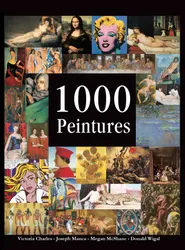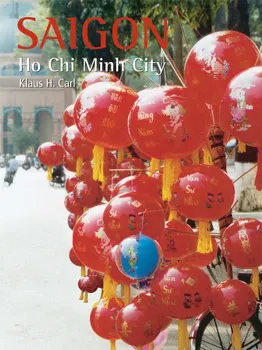Saigon is the city known for the unexplainable languidness that possessed the “French and American” Europeans that lived in Vietnam. At night, in front of a drink, the memories of flowery young girls in their traditional costumes surrounded by the thick smells of the ngoc man, the feverish sounds of the city's motion piercing through the humid heat of the Asian nights hauntingly reappear. A city of contrasts, Saigon has lived through dramatic changes: the turbulence of the South for which it was renowned was replaced by the terrible coldness of the North and the joyfulness of the city was imposed a rigid doctrine. Saigon became Ho Chi Minh and a new city was created. But although appearances may change, people remain the same. So what came of these changes? A few red flags… and a number of Japanese motorbikes.
Saigon - Ho Chi Minh City
Auteur(e) :
Langue :
anglais
Format :

Athens
Klaus H. Carl
book
La Peinture Académique
Klaus H. Carl
book
1000 Peintures
Klaus H. Carl, Joseph Manca, Megan McShane
book
1000 Chefs-d’Œuvre de l’érotisme
Hans-Jürgen Döpp, Joe A. Thomas, Victoria Charles, Klaus H. Carl
book
1000 Portraits de génie
Victoria Charles, Klaus H. Carl
book
Reflexionen über Dubai
Klaus H. Carl
book
Réflexions sur Dubaï
Klaus H. Carl
book
Art History The Viennese Secession
Klaus H. Carl, Victoria Charles
book
Art History Romanesque art
Victoria Charles, Klaus H. Carl
book
Histoire de l'art L'art gothique
Victoria Charles, Klaus H. Carl
book
Art History Gothic art
Victoria Charles, Klaus H. Carl
book
Art History Rococo
Klaus H. Carl, Victoria Charles
book
